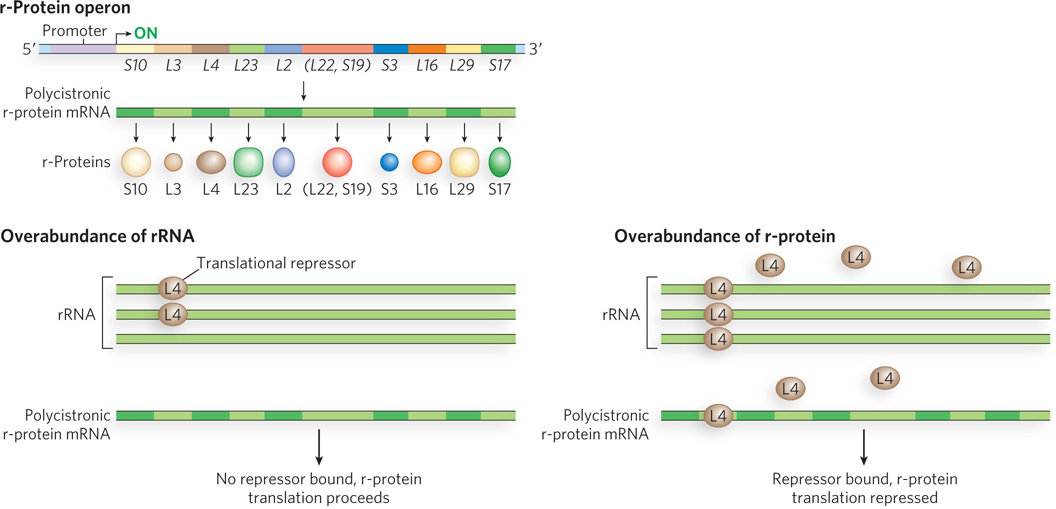
Regulation of r- r- r- r- r- r- r- r- r-